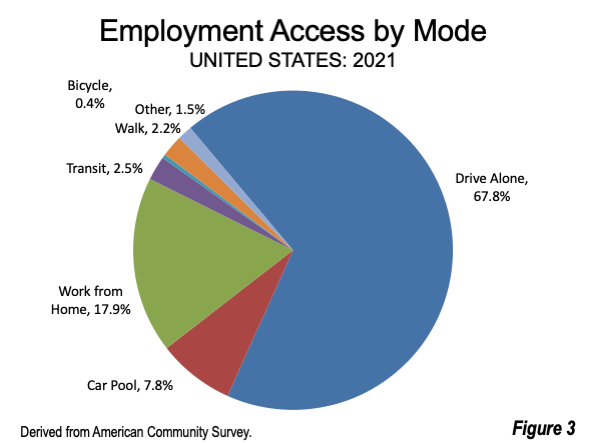Florida made the right decision on the high-speed rail project proposed during the Obama administration. Floridians can thank then-Governor Rick Scott for nixing the project. California, however, is in the opposite situation. The bullet train project that was supposed to connect Los Angeles and San Francisco is a $1 trillion fiasco, if it should ever get completed. The ambitious project has become encumbered by political horse-trading, unrealistic cost estimates, flawed engineering and a determination to persist on a project that should never have started. But like everything else the Golden state does, it was a colossal undertaking, funded by taxpayers with little hope of succeeding.
In 2008, California voters approved a bond issue for the project, which was to be completed by 2020, at a cost of $33 billion. Fourteen years later, construction is underway on part of a 171-mile “starter” line connecting a few cities in the middle of California, to be completed by 2030. While few expect that to happen, costs continue to escalate. The California High-Speed Rail Authority in its 2022 draft business plan issued in February estimated a cost of $105 billion. Less than three months later, the “final plan” raised the estimate to $113 billion. The rail authority accelerated the pace of construction on the starter system, but at the current spending rate of $1.8 million a day, the train could not be completed in this century.
The original project was to be a technical challenge in itself, pushing through steep mountains and seismic faults of Southern California with a series of long tunnels and towering viaducts. But, rather than basing the project on the easiest or most direct route, the train’s path out of Los Angeles was diverted across a second mountain range to the suburbs of the Mojave Desert. The detour through the desert was part of a string of decisions that impeded the state’s ability to make the project happen and added billions of dollars in costs.
Rather than starting construction at either of the urban ends where many potential riders live, it was decided that construction would begin in the center of the state, in the agricultural heartland. The project now is so expensive that, without a major new source of funding, there is little chance it can ever reach its original goal of connecting California’s two biggest metropolitan areas in two hours and 40 minutes. Unless rail authority managers can improve cost controls and find significant new sources of funding, the project is likely to grind to a halt in future decades.
Mass Transit Collapsing Despite Biden Funding
President Biden has spent tens of billions of dollars on transit systems that few are riding rather than upgrading roads, bridges, and highways. Biden even reversed a decision by President Trump to rescind federal monies for the white elephant and gave California almost $1 billion to continue the program.
An analysis of the latest Census Bureau report, the American Community Survey, reveals that transit use dropped by more than half from the 2019 pre-pandemic rate as the number of workers working from home in 2021 tripled. Transit commuting dropped to its lowest level in six decades of Census Bureau reporting, with only 2.5 percent of those employed using it. Only the New York metropolitan area has a more than six percent transit share with 19.0 percent using mass transit. About ten times more Americans walk to work or work from home than use mass transit, which is now the transportation equivalent of the typewriter. San Francisco, San Jose, Seattle, and Tulsa had the largest transit losses, at more than 70 percent.
The share of commuters working from home increased by more than 200 percent. The share of working at home in the United States, grew from 5.7 percent in 2019 to 17.9 percent in 2021. In 2021, 27.6 million workers worked from home, compared to 9.0 million in 2019. This made working from home the second largest method of work access, displacing carpools.
While working at home was increasing by 18.6 million from 2019 to 2021, car commuting dropped 14.5 million, transit commuting declined 4.0 million, and the total number of commuters dropped 2.6 million. Among metropolitan areas above 1,000,000 population, San Jose, Washington, Boston, San Francisco, Raleigh, and Seattle had work-from-home shares above 30 percent. All 56 metropolitan areas more than doubled their work-from-home shares.
Despite the recent decline, auto commuting remained the dominant commuting mode nationally, as it has since the first Census Bureau report in 1960. The share of workers commuting to work by auto fell to 75.6 percent–the lowest level since before the 1970 census, which reported that 77.7 percent of commuting was by auto. At the beginning of the previous decade, in 1960, automobiles accounted for 64.0 percent of commuting.

Conclusion
President Biden is still pushing mass transit systems on Americans, despite the decline in ridership after the COVID lockdowns, spending lots of American taxpayer funds on it. Mass transit represents only a 2.5 percent share of the various modes of employment access to work, and its huge subsidies generally come from taxes levied on drivers most of whom have no access to it. Since President Biden wants to move beyond gasoline and diesel and the taxes on them, which provide the funding for mass transit, it is likely to become much more expensive to users or taxpayers.
During the Obama/Biden Administration, high-speed trains were being pushed to reduce greenhouse gas emissions. Florida refused to take on the burden of lost revenues as has been the case for most of the rail passenger industry. California, on the other hand, has been working on a high-speed rail system to connect from Los Angeles to San Francisco with detours through difficult passages for several decades. No one expects it to come to fruition as cost overruns and delays have plagued its development.



